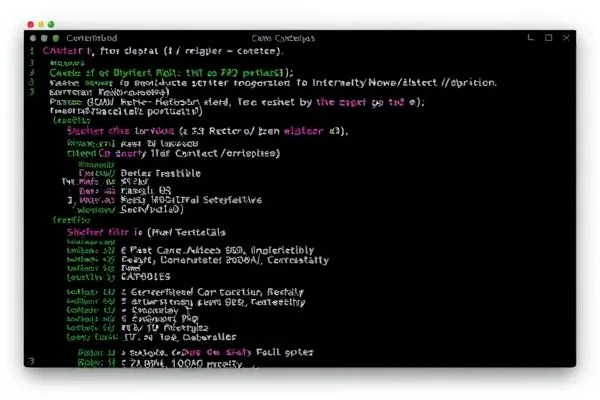Cyber threats continue to escalate in complexity, posing severe risks to vital infrastructure. This article delves into the vulnerabilities affecting mySCADA myPRO, a crucial Supervisory Control and Data Acquisition (SCADA) system. Understanding these flaws is essential for safeguarding industrial control systems (ICS) against potential exploitation and operational disruption.
Takeaways:
- ✅ mySCADA myPRO is subject to two critical vulnerabilities rated 9.3 on the CVSS v4.
- ✅ Exploitation of these flaws may lead to unauthorized access and command execution.
- ✅ Organizations must adopt patch management, network segmentation, and strong authentication measures to mitigate risks.
The Impact of mySCADA myPRO Vulnerabilities
The recent disclosure of vulnerabilities impacting the mySCADA myPRO system has heightened concerns in the cybersecurity landscape. Both flaws, designated CVE-2025-20014 and CVE-2025-20061, are operating system command injection weaknesses, allowing attackers to execute arbitrary commands through specially crafted POST requests. This robust access to the SCADA system could lead to disastrous outcomes, including operational disruptions and potential safety hazards.
The vulnerabilities stem from a failure to sanitize user inputs adequately. By exploiting such vulnerabilities, attackers can inject malicious commands into the mySCADA system, potentially gaining control over critical infrastructure. The imperative to address these weaknesses cannot be overstated, especially given their high-risk ratings. Organizations must be proactive in applying security updates and patches to minimize exposure to these threats. They must upgrade to mySCADA PRO Manager version 1.3 or mySCADA PRO Runtime version 9.2.1 to ensure their systems remain fortified against possible exploitation.
Prevention Strategies for Organizations
To protect industrial control systems effectively, organizations must implement a multifaceted security approach. A pivotal element is patch management, ensuring that all systems are updated with the latest security fixes. Additionally, network segmentation plays a significant role in minimizing the attack surface. By isolating SCADA environments from other IT networks, organizations can significantly reduce the risk of lateral movement by potential attackers.
Moreover, strong authentication protocols must be enforced. Using multi-factor authentication can further enhance security, making it more challenging for unauthorized users to access sensitive systems. Continuous monitoring for suspicious activities is also vital; organizations should employ intrusion detection systems (IDS) and Security Information and Event Management (SIEM) tools to detect anomalies. The combination of these strategies will bolster defenses against the exploitation of vulnerabilities within SCADA systems, ensuring safer operational environments.
Conclusion
In conclusion, the vulnerabilities within the mySCADA myPRO system exemplify critical security concerns plaguing industrial control systems. Organizations must take immediate action to mitigate these risks through patch management, network segmentation, and enhanced authentication methods. By adopting a proactive security posture, organizations can better safeguard their operational technologies from sophisticated cyber threats.
FAQs:
Q1: What are mySCADA myPRO vulnerabilities?
A1: They are critical command injection vulnerabilities that can allow attackers to execute arbitrary commands on affected systems.
Q2: How can organizations mitigate these risks?
A2: By applying the latest patches, enforcing network segmentation, implementing strong authentication, and monitoring system activity.
Q3: What could happen if these vulnerabilities are exploited?
A3: Exploitation could lead to operational disruptions, financial losses, and potential safety hazards within industrial processes.
Q4: Why is it crucial to monitor SCADA systems?
A4: Continuous monitoring aids in detecting suspicious activities promptly, thereby preventing potential exploitation of vulnerabilities.









